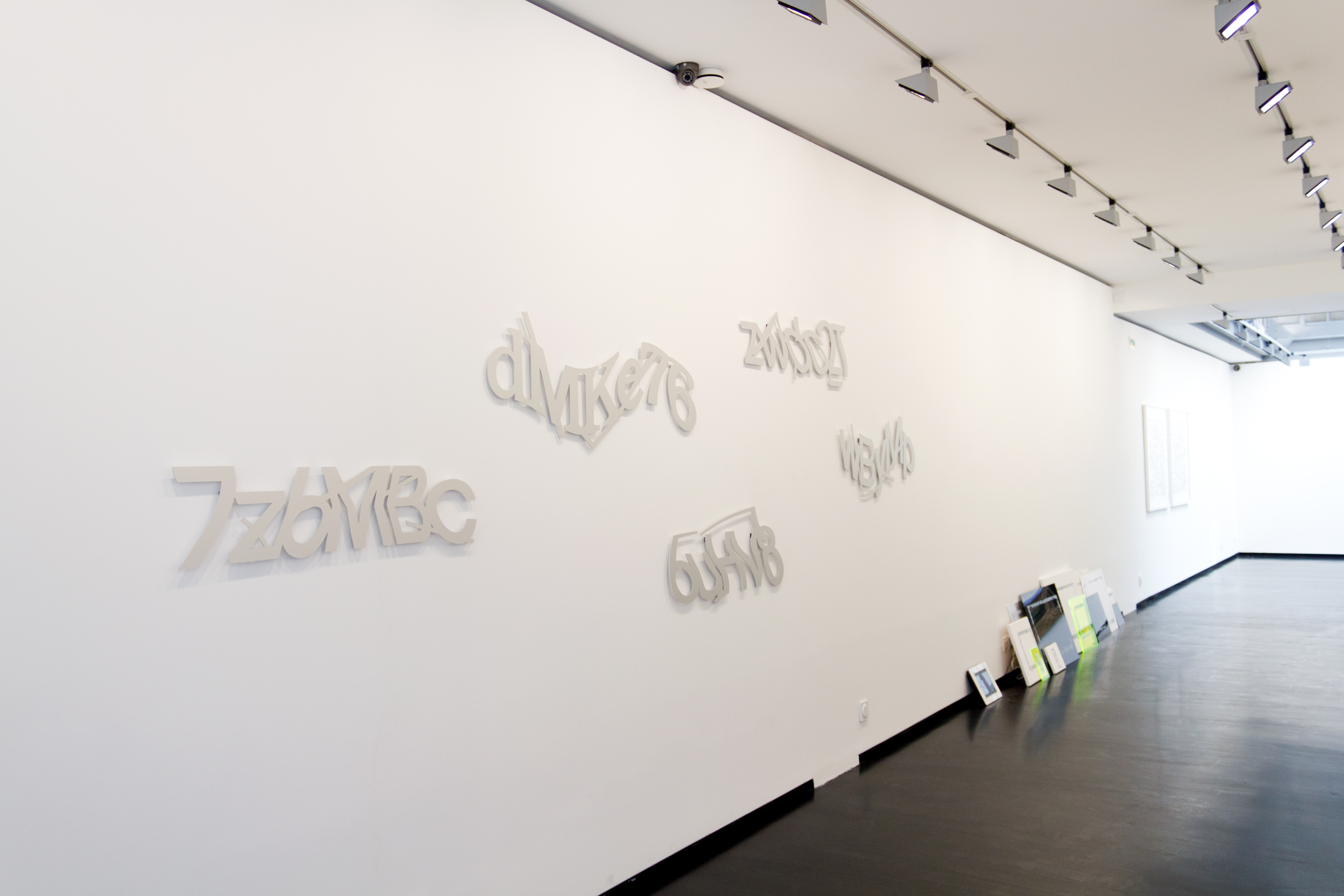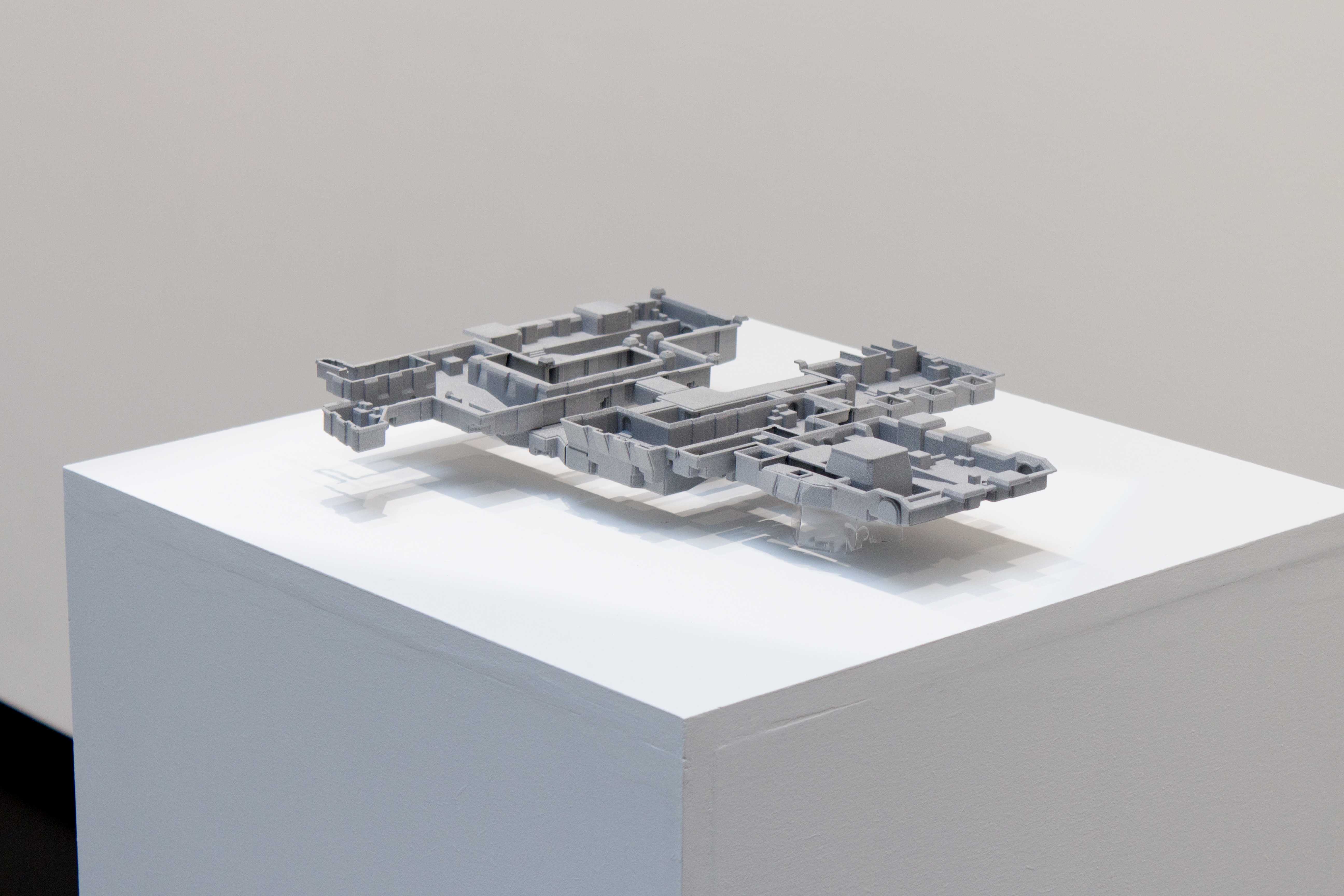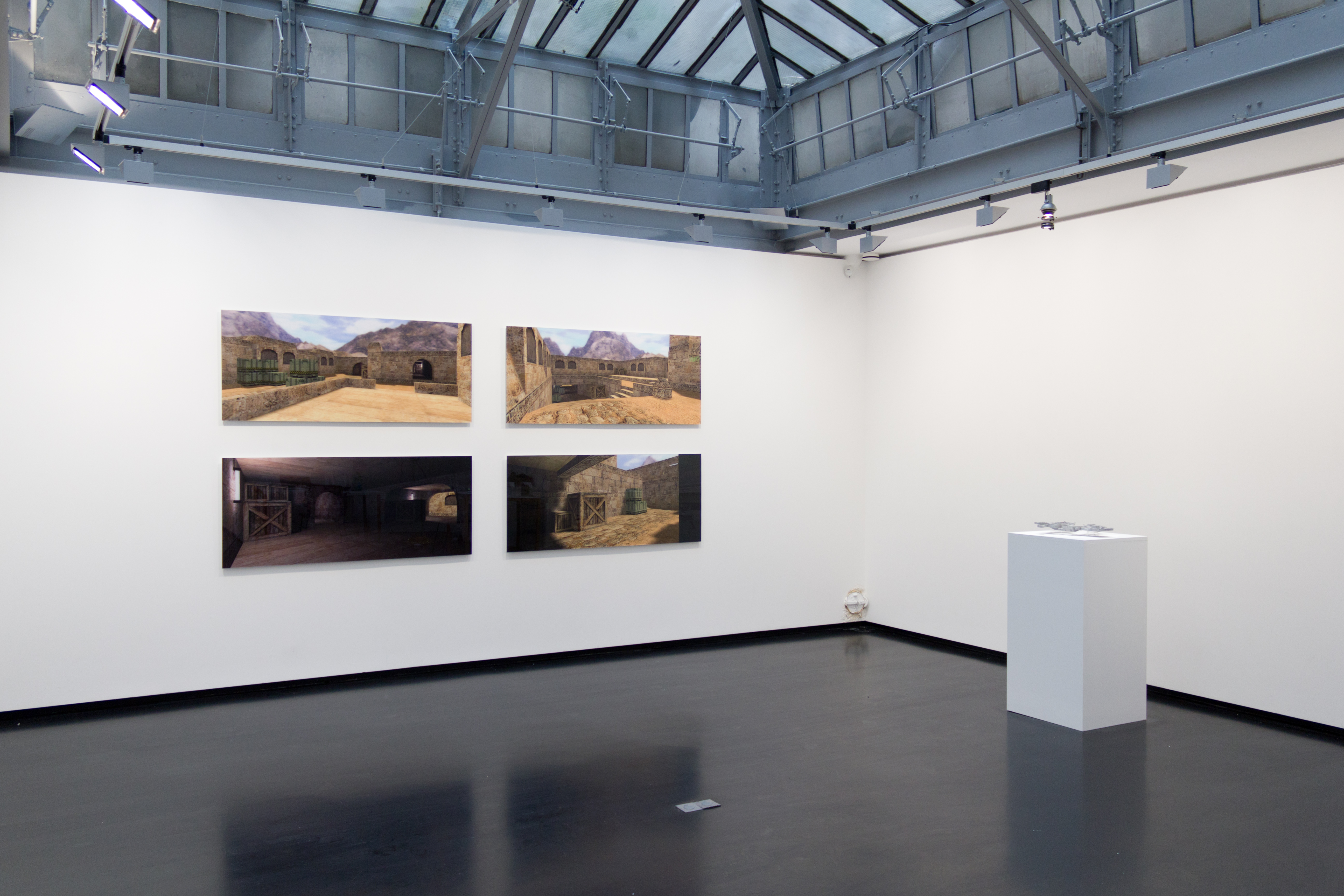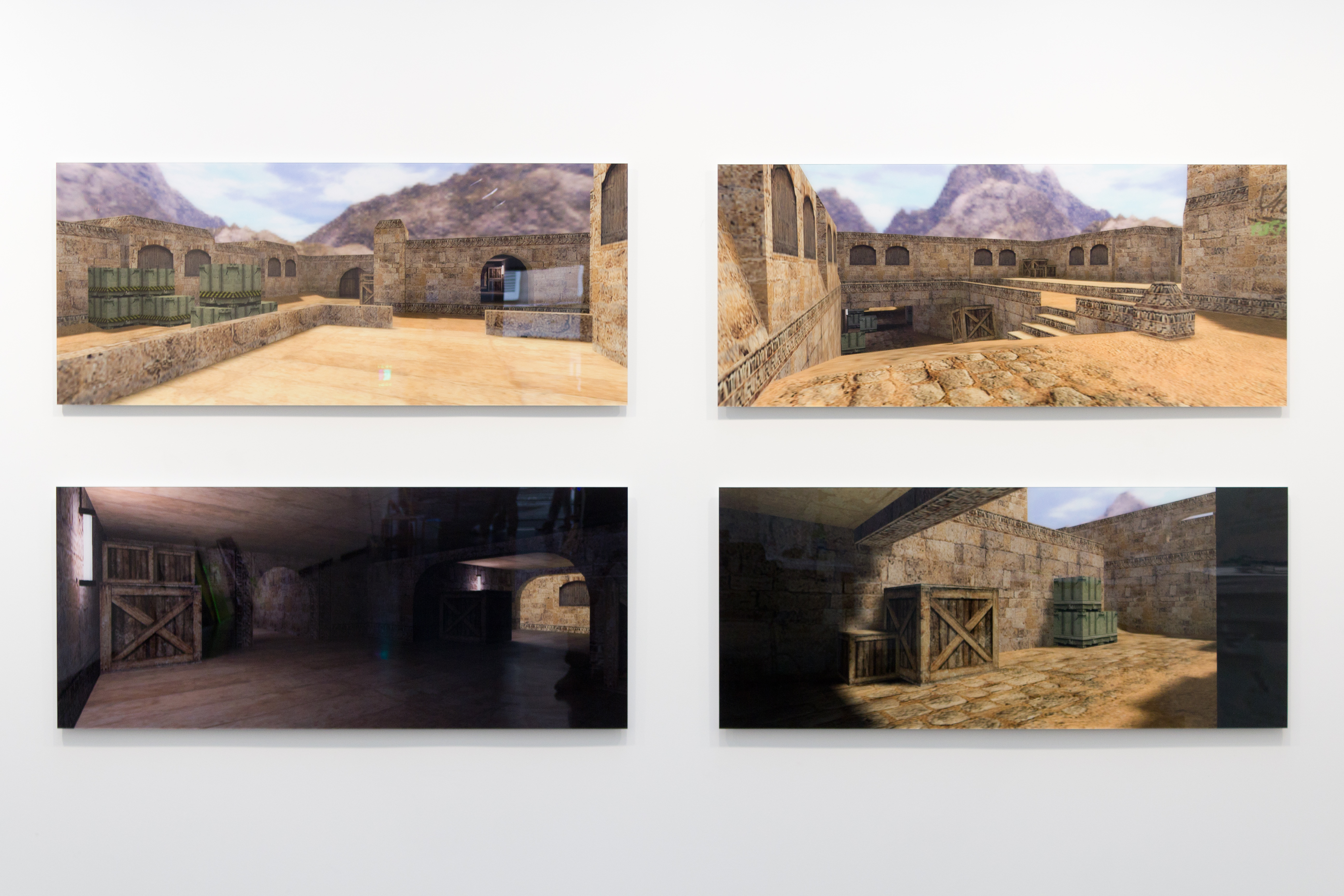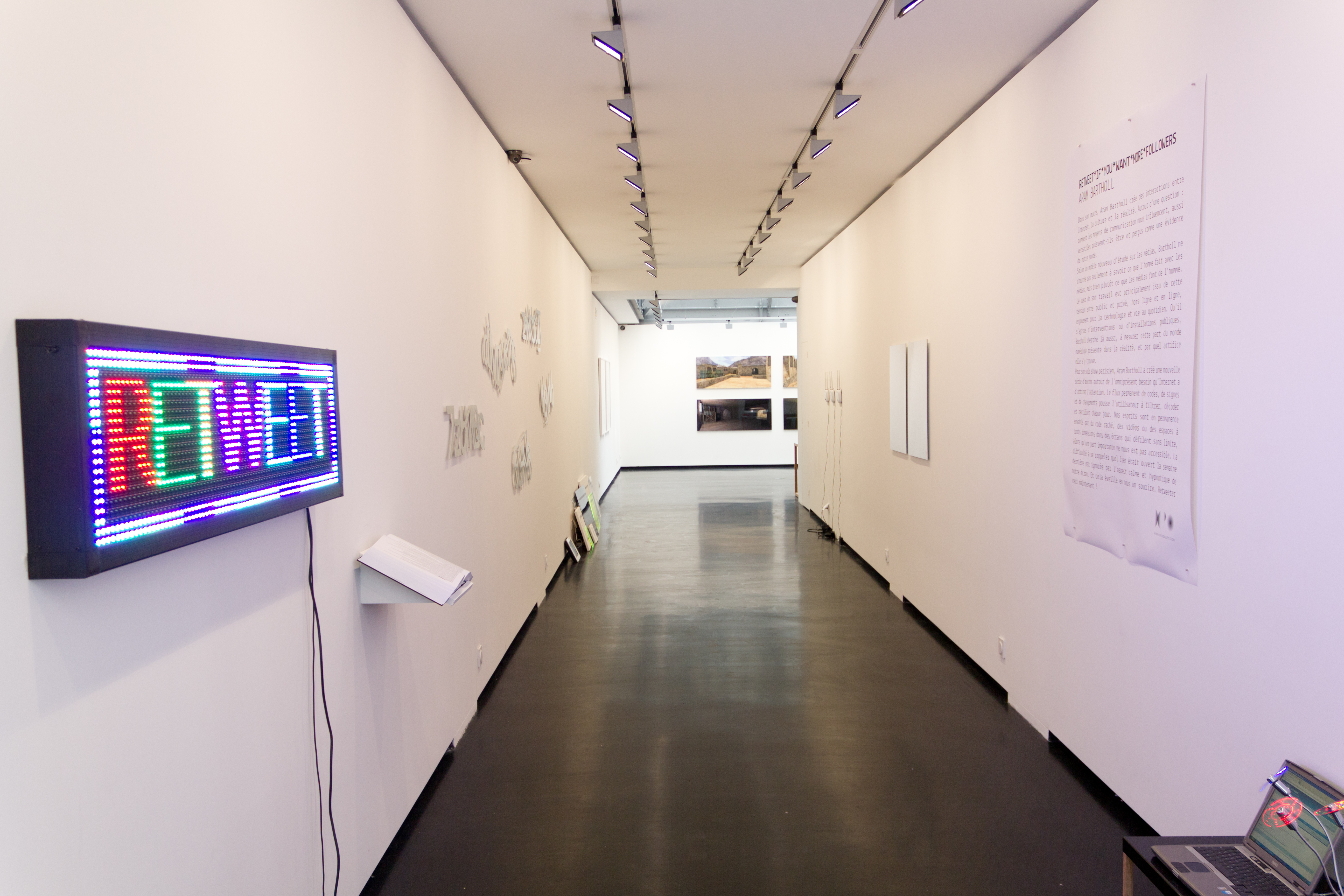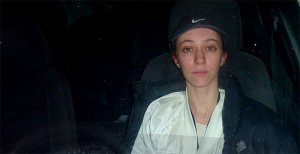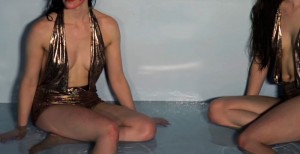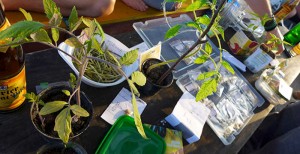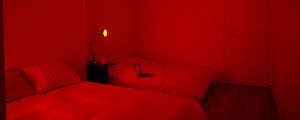If contemporary internet-based art is anything to go by, the world-renowned German artist Aram Bartholl could be qualified as a ‘conscientious objector’ of web 2.0. Indeed, right from his start in 1995, and later through his collaboration with the The Free Art and Technology Lab (F.A.T.), he skilfully forewarned people of the coercive power of technology, media and, to some extent, social networks. The exhibition ‘Retweet if you want more followers’, a title that reads like a daily mantra for any surfer, is an examination of the issues of interaction between the virtual world, reality and their collusion.
Working both online and offline, Bartholl’s keynote consists not only of contriving ways to measure the role of cyberspace in physical space, but also to take stock of the data world’s manifestations in the everyday. For him, common arguments centred on areas of public and private life have veered toward questions of “how do digital innovations influence our everyday actions?” This explorative research has been well-documented through the digital practice of ‘Surf-Sample-Manipulate’ theorist Mark Amerika in remixthebook:
“the early Net artists were, in many ways, ahead of their time. But now that has all changed. Net Art 2.0, like Web 2.0, is embedded in the practices and rituals of everyday life. You can’t be a Net artist today without taking into account where the impetus for turning the Net into an artistic instrument came from.’ (…) This may be the reason why so much of the artwork being created by next generations Net artists is less avant (ahead of its time) and more pop (in its time).”

Bartholl’s solo show presents a series of works playing on the idea that the Internet is a permanent, eye-catching stream of signs and codes we analyse and filter on a daily basis. Screens are our windows into the digital world, like painting was treated as a view to the real world during the Renaissance. ‘Print Screen’, reposing on a declination of negative, painted screenshots on paper, canvas, Plexiglas or aluminium, functions as a visual metaphor. It can also be perceived as an allegory for the short display-duration of images or data on the web, so as to make them elusive. ‘Your Art!!’ sets up private screens as public exhibition spaces, while ‘Private Password’ stresses the limitless landscape of personal data and its invading hackers with an engraving of 12,000 LinkedIn user’s passwords, stolen during the summer 2012.
More than an architect (by background), designer, hacker, and curator, Aram Bartholl assumes the role of a kind of social gadfly, that never takes itself too seriously. He subtly upsets our perceptions of Internet usage, challenging our passivity in the web community and attempting to define cultural activity in the digital age. Greg Leuch, his counterpart belonging to F.A.T., accurately asserts that the Internet is not just something you experience on a computer, but it’s also something you can react and respond to, repurpose and remix. Whether or not such practices will go down in the history of art, it pertains to the invention of a free culture where the open-source movement, as well as DIY and peer-to-peer practices are a declaration of independence from a formatted culture embodied, among others, by Google’s monopoly. **
Retweet if you want more followers is running @ XPO Gallery from May 16 to June 14, 2013
